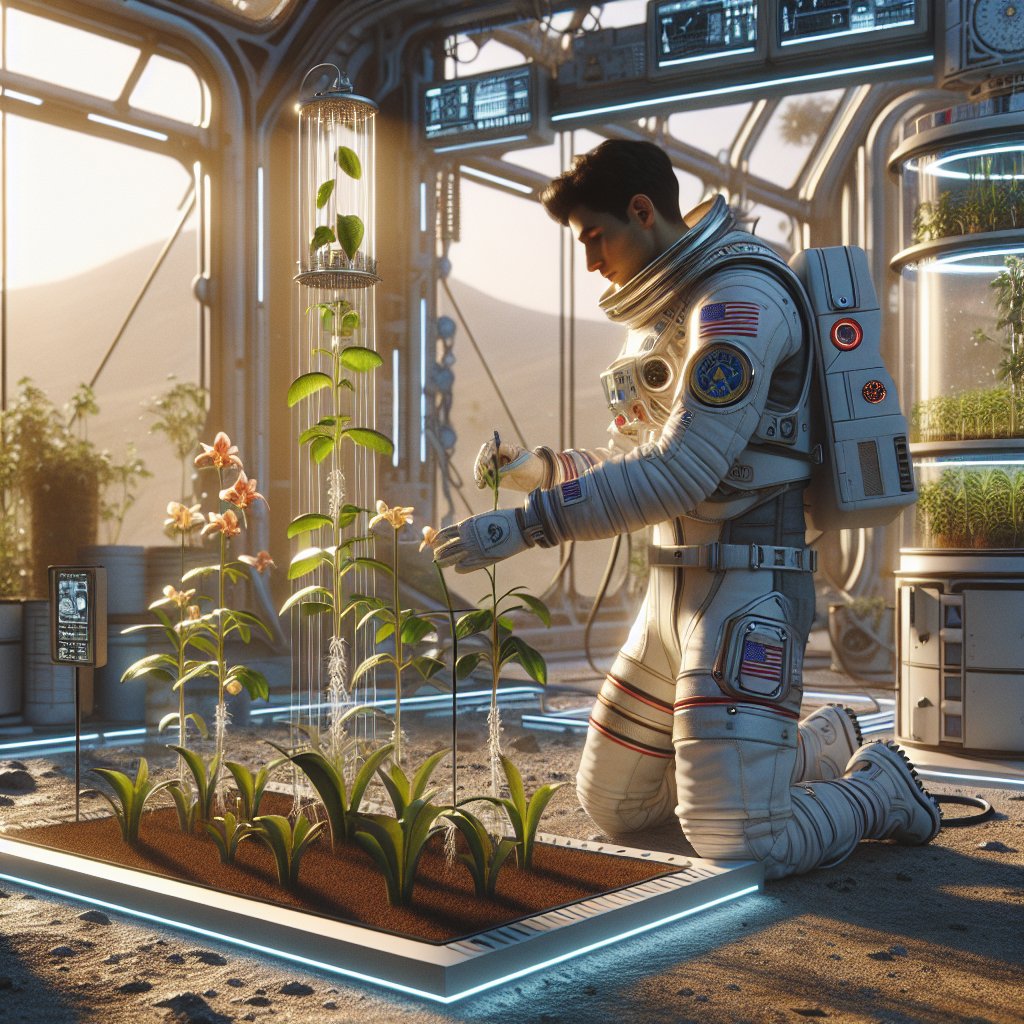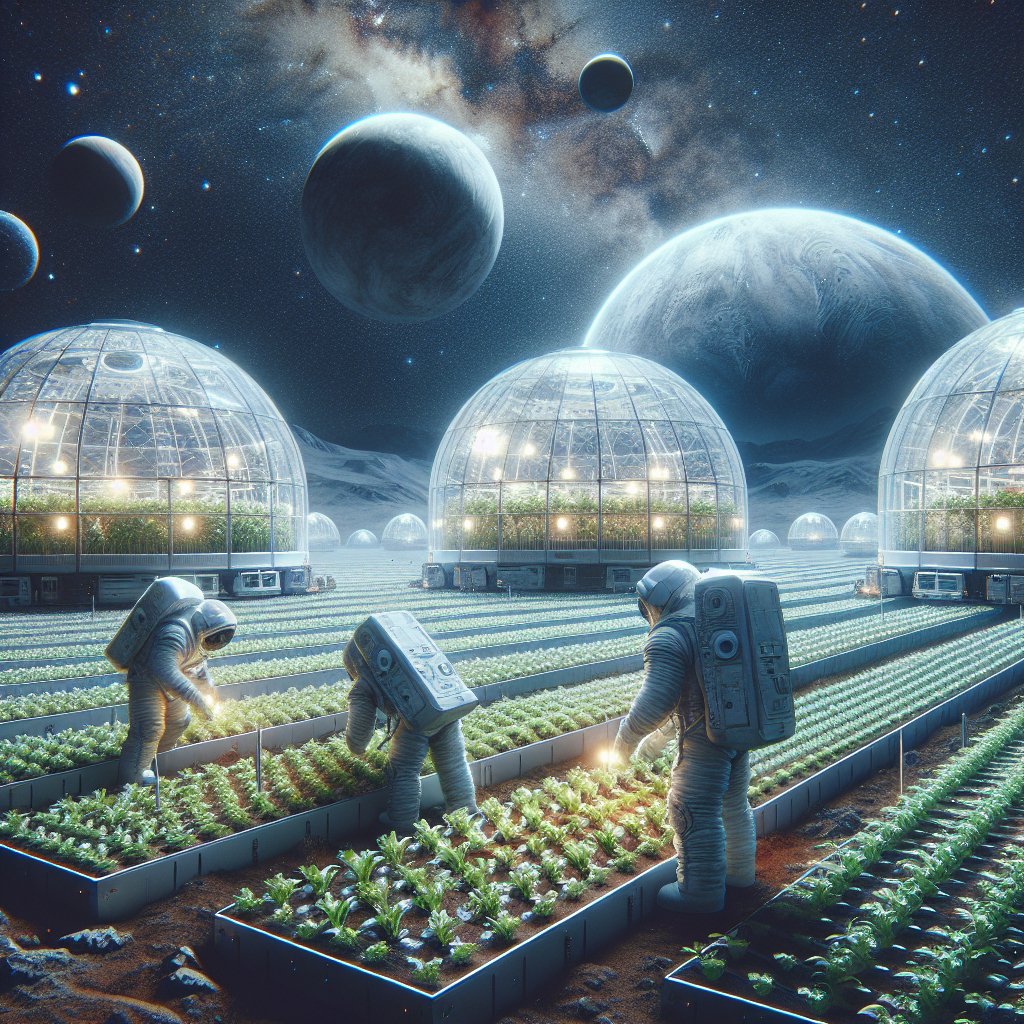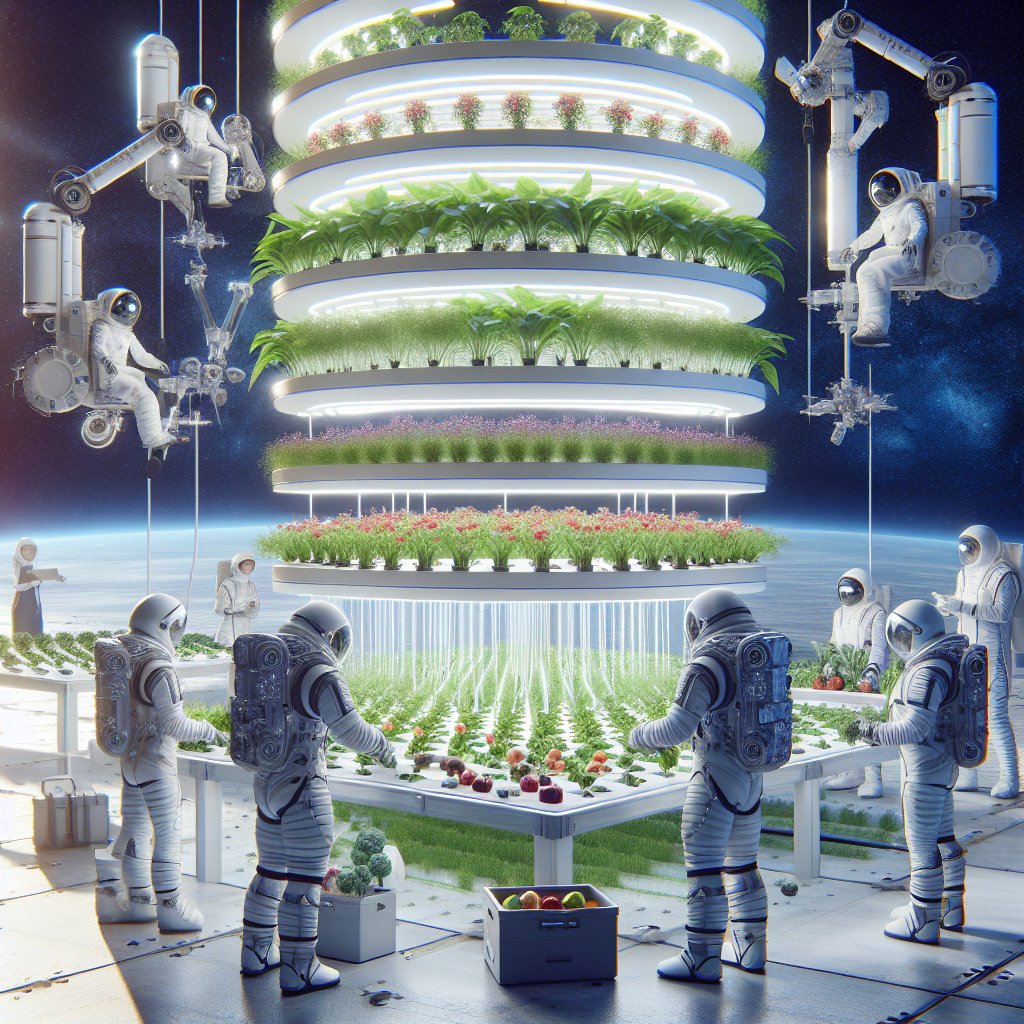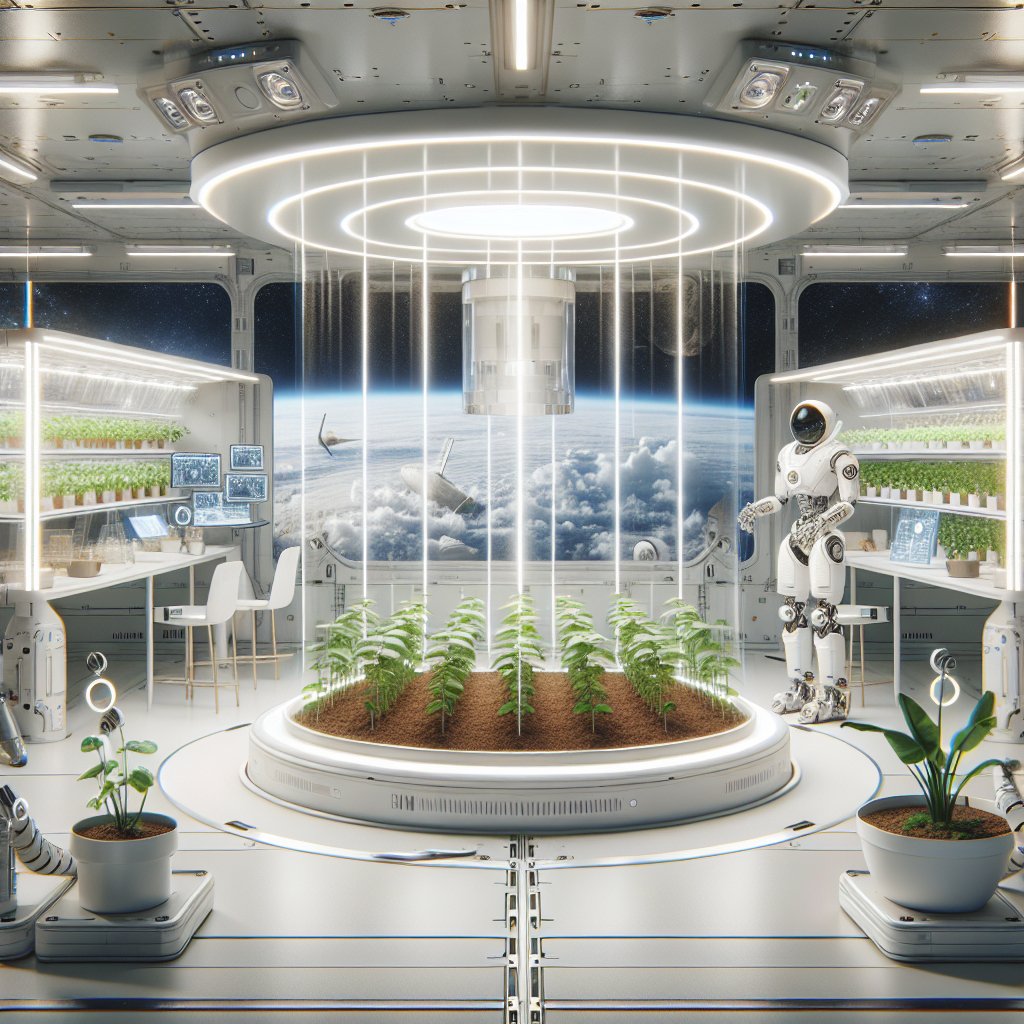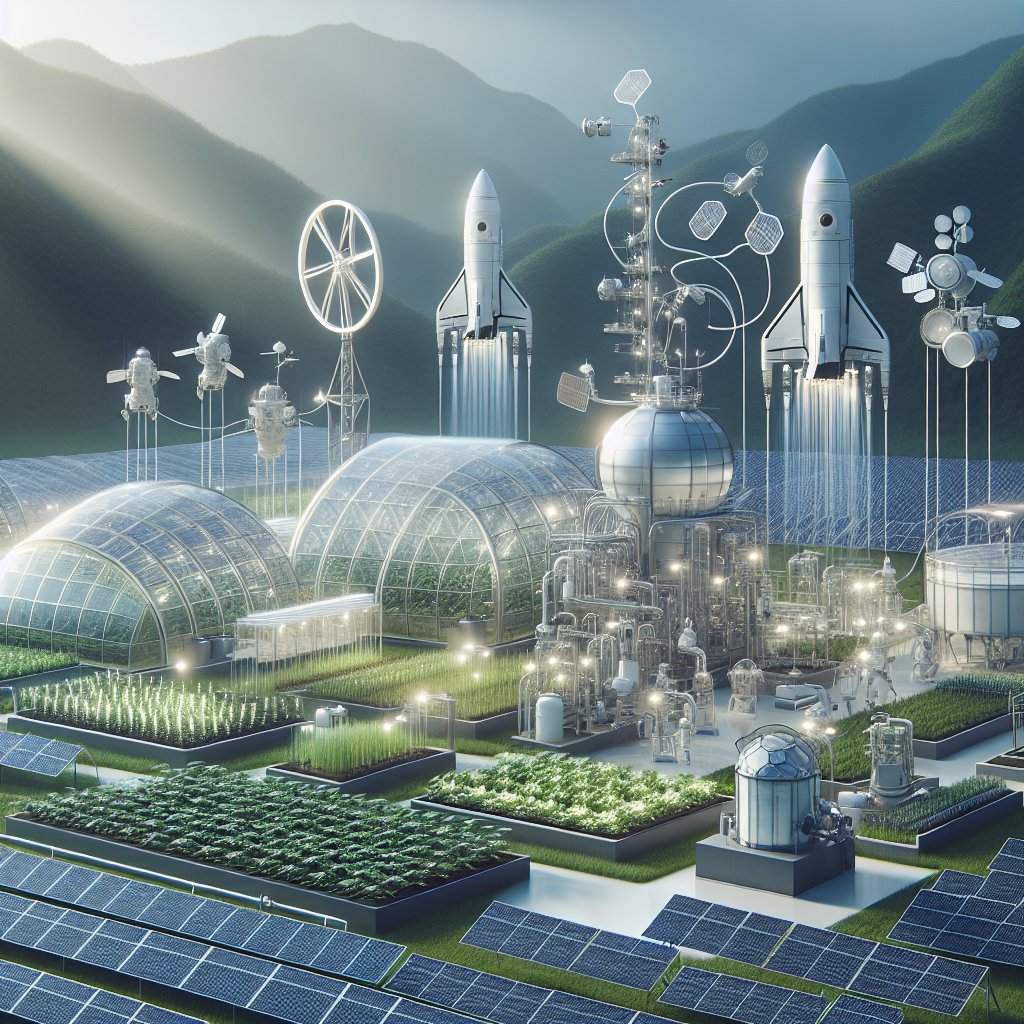The importance of genetic engineering for space farming cannot be overstated, as it holds the key to sustainable food production in extraterrestrial environments. As humanity sets its sights on colonizing other planets, particularly Mars, the challenges of growing food in space become increasingly apparent. Genetic engineering offers innovative solutions to these challenges, enabling crops to thrive in harsh conditions, resist diseases, and provide essential nutrients for astronauts. This article explores the intersection of agriculture and space exploration, focusing on the role of genetic engineering in developing resilient crops for future space missions.
Challenges of Space Farming
Farming in space presents a unique set of challenges that differ significantly from traditional agriculture on Earth. The primary obstacles include:
- Microgravity: The absence of gravity affects plant growth and development. Roots may struggle to orient themselves, and water distribution becomes problematic.
- Radiation: Space environments expose crops to higher levels of cosmic radiation, which can damage plant cells and DNA, leading to reduced yields and compromised nutritional value.
- Limited Resources: Space missions often have restricted access to water, soil, and nutrients, necessitating efficient use of available resources.
- Environmental Control: Maintaining optimal temperature, humidity, and light conditions in a spacecraft or on another planet is crucial for plant growth, yet challenging to achieve.
To address these challenges, scientists and researchers are turning to genetic engineering as a means to enhance crop resilience and adaptability. By modifying the genetic makeup of plants, it is possible to create varieties that can withstand the rigors of space farming.
Genetic Engineering Techniques
Genetic engineering encompasses a variety of techniques that allow scientists to alter the DNA of organisms. Some of the most relevant methods for space farming include:
- CRISPR-Cas9: This revolutionary gene-editing technology enables precise modifications to an organism’s genome. Researchers can use CRISPR to enhance traits such as drought resistance, nutrient uptake, and disease resistance in crops.
- Transgenic Approaches: By introducing genes from other species, scientists can confer desirable traits to crops. For example, genes that promote stress tolerance can be inserted into plants to help them survive in the harsh conditions of space.
- Gene Silencing: This technique involves turning off specific genes that may hinder plant growth or resilience. By silencing these genes, researchers can improve the overall performance of crops in space environments.
These genetic engineering techniques not only enhance the ability of crops to grow in space but also improve their nutritional content, making them more suitable for human consumption during long-duration missions.
Case Studies in Space Farming
Several experiments have been conducted to test the viability of genetically engineered crops in space. Notable case studies include:
Veggie Experiment on the International Space Station (ISS)
The Veggie experiment aboard the ISS has been a groundbreaking initiative in space agriculture. Researchers have successfully grown various crops, including lettuce and radishes, in microgravity. Genetic engineering played a role in developing these crops to enhance their growth rates and nutritional profiles. The results have shown that it is possible to cultivate food in space, paving the way for future missions.
NASA’s Advanced Plant Habitat
NASA’s Advanced Plant Habitat is another significant project aimed at understanding plant growth in space. This facility uses advanced sensors and automated systems to monitor plant health. Genetic engineering is being explored to create plants that can thrive in the habitat’s controlled environment, ensuring a reliable food source for astronauts on long missions.
Future Prospects of Genetic Engineering in Space Farming
The future of space farming relies heavily on advancements in genetic engineering. As we look toward missions to Mars and beyond, the need for sustainable food production becomes paramount. Potential future developments include:
- Customized Crops: Genetic engineering will allow for the creation of crops specifically tailored to the environmental conditions of other planets, such as Mars’ cold temperatures and low atmospheric pressure.
- Enhanced Nutritional Value: By engineering crops to contain higher levels of essential vitamins and minerals, astronauts can maintain their health during extended missions.
- Bioregenerative Life Support Systems: Integrating genetically engineered crops into closed-loop life support systems can help recycle waste and produce food, oxygen, and clean water, creating a self-sustaining environment for astronauts.
As research continues, the potential for genetic engineering to revolutionize space farming becomes increasingly evident. The ability to produce food in space not only supports human exploration but also raises questions about the future of agriculture on Earth.
Ethical Considerations and Public Perception
While the benefits of genetic engineering in space farming are clear, ethical considerations must also be addressed. Public perception of genetically modified organisms (GMOs) varies widely, and concerns about safety, environmental impact, and corporate control of food sources persist. To ensure the successful implementation of genetic engineering in space agriculture, it is essential to engage with the public and address these concerns transparently.
Education and outreach efforts can help demystify genetic engineering and highlight its potential benefits for both space exploration and terrestrial agriculture. By fostering a better understanding of the science behind genetic modifications, we can build public trust and support for these innovative approaches.
Conclusion
The importance of genetic engineering for space farming is undeniable as we prepare for a future where humans may live and work on other planets. By overcoming the challenges of growing food in space through innovative genetic modifications, we can ensure that astronauts have access to nutritious and sustainable food sources during their missions. As research progresses, the potential for genetic engineering to transform not only space agriculture but also our understanding of food production on Earth becomes increasingly apparent. Embracing these advancements will be crucial for the success of future space exploration and the sustainability of our planet’s agricultural systems.
